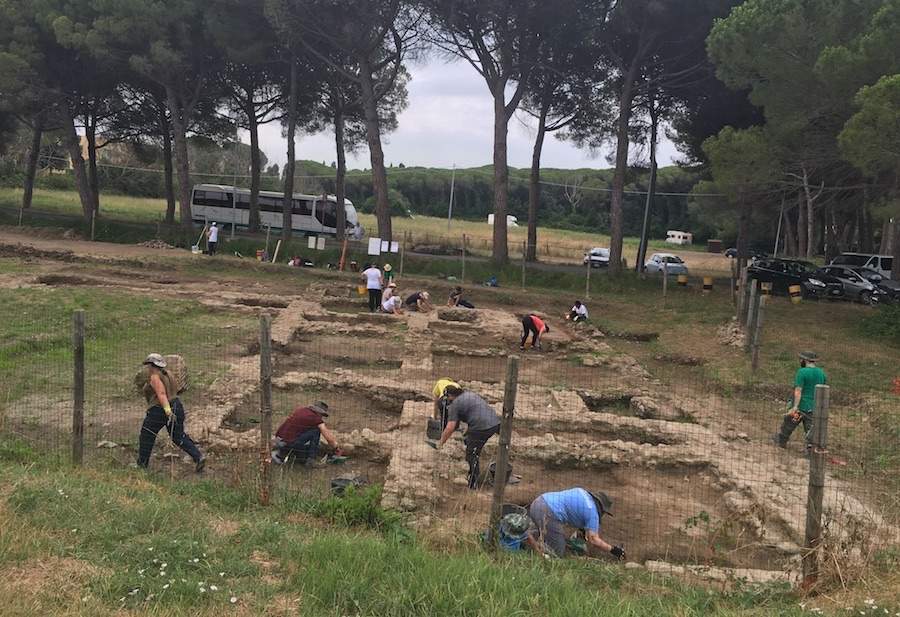In Vada, a hamlet in the municipality of Rosignano Marittimo (province of Livorno) famous for its white beaches, an excavation conducted this summer by theUniversity of Pisa led to the discovery of an Iron Age village (between the 9th and 8th centuries before Christ). Young archaeologists from the Cultural Heritage and Archaeology degree programs uncovered large containers and hearth supports that were used to boil seawater and produce salt.
The campaign lasted three weeks and also brought to light the remains of some Roman-era buildings, such as some workshops (where a bread oven was identified) and a schola, or the headquarters of a guild of ancient Vada. “The discovery,” says Professor Simonetta Menchelli of the University of Pisa, “reveals that the coastal dunes on which the Roman buildings were later built were previously occupied by a settlement where salt was produced, confirming the long history of the area’s productive vocation when in fact Rutilio Namaziano in 417 AD.C. visited Vada he documented precisely the presence of salt pans in full operation, and production continued even in the medieval age, mentioned in numerous archival documents, and salt has accompanied the history of the Volterra district up to the present day, as evidenced by the factories of Saline di Volterra.”
The excavation was coordinated by Paolo Sangriso, Francesca Bulzomi, Alberto Cafaro, Stefano Genovesi and Silvia Marini, and was attended by students from the Vada Volaterrana Summer at the University of Pisa, many of whom came from outside Europe, as well as some students from the Liceo Fermi in Cecina with their school-to-work alternation plans.
Pictured (credit University of Pisa) are the remains of the Roman buildings.
 |
| Livorno, Iron Age village and remains of Roman buildings discovered |
Warning: the translation into English of the original Italian article was created using automatic tools. We undertake to review all articles, but we do not guarantee the total absence of inaccuracies in the translation due to the program. You can find the original by clicking on the ITA button. If you find any mistake,please contact us.